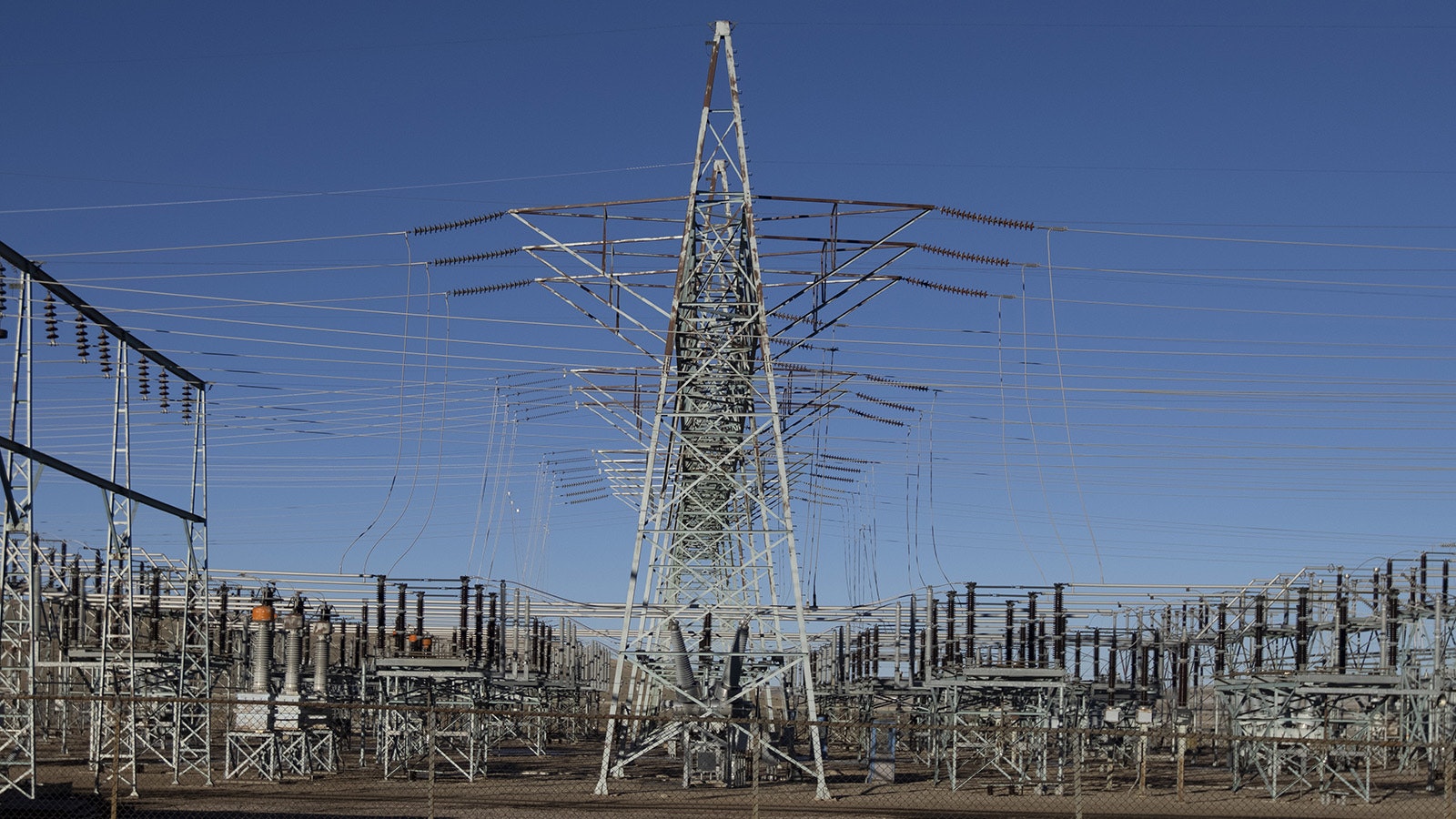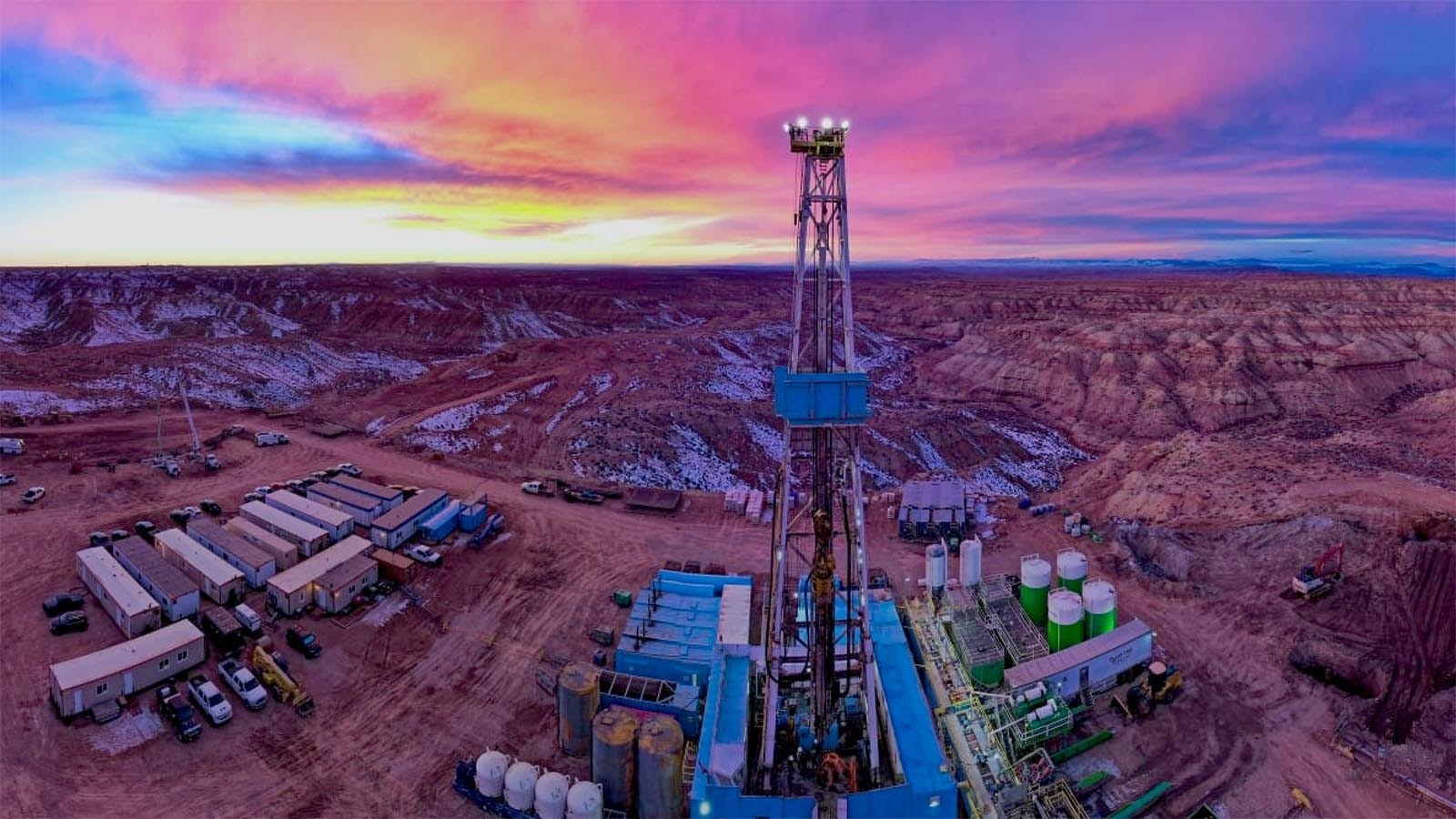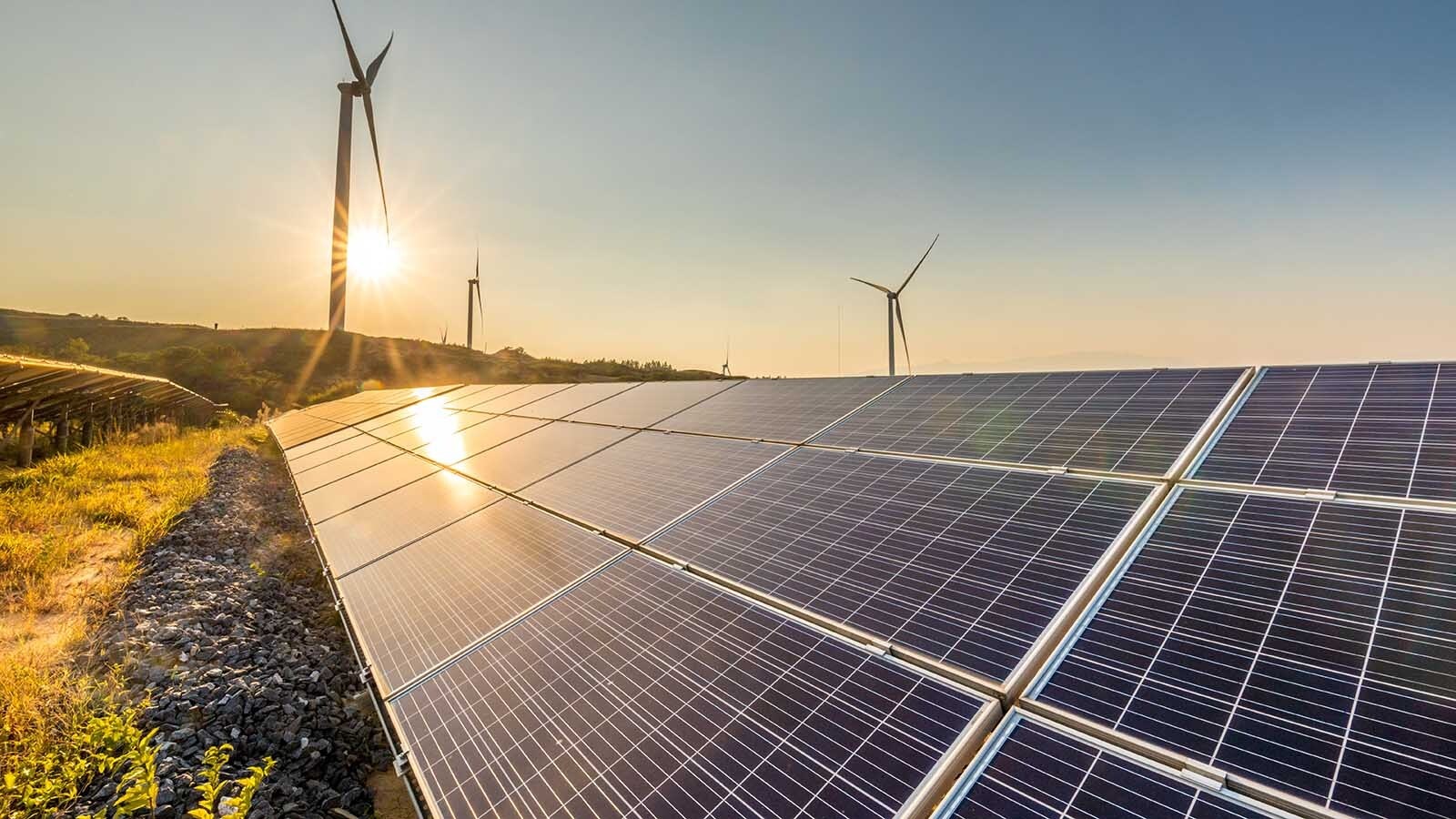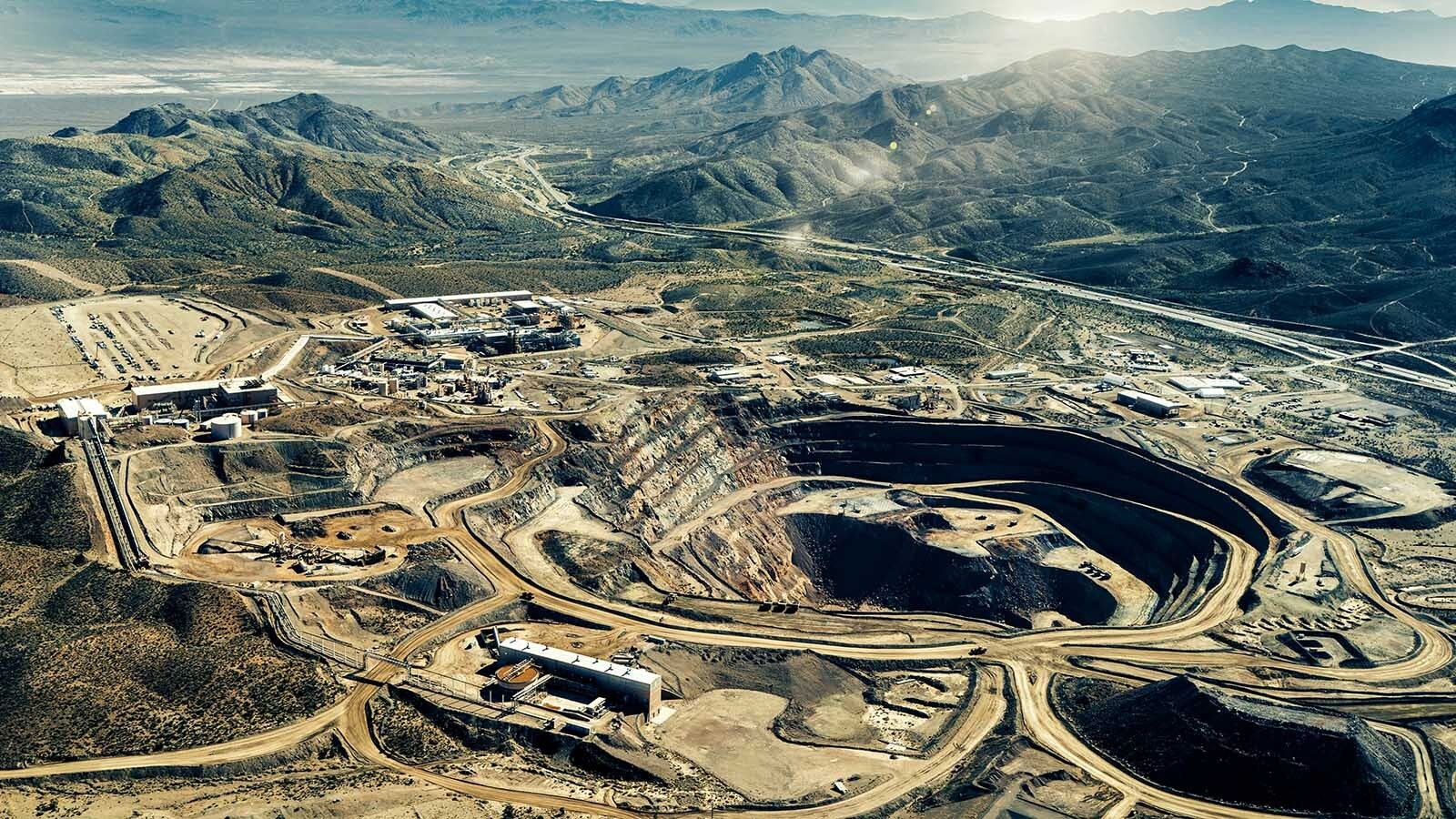Wyoming’s largest electricity is claiming 'extreme weather' is responsible for the utility seeking a rate hike of nearly 8%.
Rocky Mountain Power has put in a request with the Wyoming Public Service Commission to approve a rate increase of 7.8% on average, according to a RMP statement. If approved, the increase would cost the average residential customer $3.52.
Extreme Weather
The annual cost adjustment is in addition to a longer-term cost increase of 21.6%, which the utility filed for in March. That cost adjustment, if approved, would raise residential rates by 20% beginning in 2024.
Rocky Mountain Power produces 95% of the power it provides from power plants it owns, while the other 5% is from other utilities. These wholesale costs from other utilities fluctuate, according to the company’s statements on the proposed surcharge increase.
In a statement, Jack Painter, net-power cost specialist for RMP, attributes half of the share of increased power costs to severe weather in the summer of 2022.
Painter blamed the extreme cold the state experienced in December for driving up demand for natural gas and electricity.
The average price at the nation’s natural gas trading hubs were up 400% over December 2021, which doubled the cost of generating power from the company’s natural gas power plants, according to the utility’s statements.
Rising Rates
Over the past few years, Rocky Mountain Power has invested heavily in wind and solar generation, including building a number of wind resources. It also has repowered wind resources, which means it refurbished the turbines and blades.
Renewable energy proponents claim that wind and solar are the cheapest form of energy, but energy costs have continued to climb as more of these resources are added to the grid in the past decade.
According to Consumer Price Increase data, consumers paid 14.5% higher electricity costs on average over that of 2021, which was double the overall 6.5% rise in prices.
U.S. Energy Information Administration data shows that average U.S. residential electricity prices rose from 13.66 cents per kilowatt hour to 15.07 cents per kilowatt hours between 2021 and 2022.
The EIA estimates they’ll rise to more than 16 cents per kilowatt hour by 2024.
No Falling Costs
David Eskelsen, spokesperson for PacifiCorp, the parent company of RMP, told Cowboy State Daily that Rocky Mountain Power has never stated that there would ever be falling costs associated with increased wind and solar resources.
“Additions of renewable energy resources to our generating fleet have been selected from among the least-cost, least-risk options available. Without these wind resources, along with wind repowering projects, rates would have increased by $85.4 million in Wyoming,” Eskelsen said.
Eskelsen explained that the increase of $85.4 million is based on a hypothetical scenario in which new wind projects selected in 2020 weren’t built, existing wind projects weren’t repowered and new transmission segments weren’t constructed.
Subsidies And Transmission
Absent those resources, customers of Rocky Mountain power would have paid higher costs for wholesale natural gas and coal power and lost production tax credits, which are subsidies for new wind and repowered wind power.
The $85.4 million also factors in efficiencies gained as a result of new transmission lines. The figure does not, however, estimate what costs would have been if new coal or natural gas plants would have been built instead of wind resources.
Eskelsen said that the company, under the path it had taken in the past several years, also minimized the frequency of general rate requests, of which there has only been three since 2015, including the 21.6% general rate increase request filed in March.
The main driver of the March request and the net power cost adjustment filed this week, Eskelsen said, are purchased power and cost of fuel.
According to EIA data, RMP has among the lowest rates of other major regional and Wyoming utilities.
Heavy Lifting
Kevin Kilty, a retired University of Wyoming adjunct professor of engineering, told Cowboy State Daily high natural gas prices are transient, but the company is right in saying that natural gas prices were high last year.
In August 2022, spot prices on the Henry Hub were over $8.81 per million British Thermal Units (Btus), a measurement of natural gas, and they fell to $5.53 Btus by December.
Rocky Mountain Power “has futures options and other long-term contracts that help shield them from the full weight of spot price fluctuations. Yet, even if they were to pay spot prices they would have been looking at short-term blips last year,” Kilty said.
Rocky Mountain Power has been moving away from coal resources, and plans to retire 2,614 megawatts of coal capacity within the next decade. Six coal units at its Rock Springs Jim Bridger plant and its Naughton plant in Kemmerer will be converted to natural gas, all by 2030.
“They're trying to abandon coal everywhere and make natural gas do all the heavy lifting,” Kilty said.
The fuel has a lot of utility, Kilty added, in that it can provide residential heating, generate electricity, and be used as a feedstock to make ammonia, which is used to make modern fertilizers. Coal is rarely used today in residential heating, and Wyoming’s coal is almost exclusively for electricity generation.
However, Kilty said, “if you make natural gas do everything, you're probably going to end up with really volatile prices.”
Coal, on the other hand, has low, predictable prices over the long term.
Highs And Lows
The Rocky Mountain company statements didn’t provide any weather data to substantiate the claims that weather was extreme this winter compared to any time in the past.
According to data from the National Oceanic and Atmospheric Administration, 2012 was the warmest year in the state’s history, with an average daily high temperature of 58.5 degrees fahrenheit.
As far as record highs, Laramie record high was in 2021, when it hit 94 degrees on June 15. It also hit 94 degrees in 1982, 1979, and 1954. Sheridan’s also reached a record high of 107 degrees on two dates in June and July 2021, but it hit 107 degrees in 2005, 2002, and 1936.
No other major town in Wyoming has seen a record high since 1960.
Casper did hit its all-time record low on Dec. 22, 2022, but all other major towns saw their record lows in the 1930s and 1960s.
Cyclical Weather
Since the price fluctuations were part of wholesale markets, the extreme weather the company attributed as the cause of those fluctuations could have referred to something more regional.
Don Day, Cowboy State Daily meteorologist, said he’s skeptical of such claims.
Day said the West did see an usually cold winter last year, but the previous winter was unusually mild.
“I always tell people that weather and climate are not linear. They’re cyclical,” he said.
Day said that in the past three years, weather extremes have been influenced by a strong La Niña pattern, a cooling phenomenon in the Pacific Ocean that produces weather changes across the U.S., but satellite data shows a much more gradual temperature increase over the past 30 years.
Kevin Killough can be reached at: Kevin@CowboyStateDaily.com





